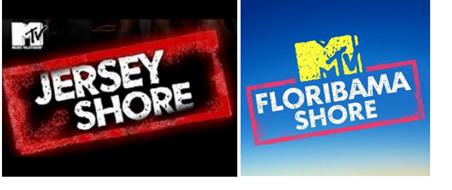On December 8, 2022, the US Patent & Trademark Office (PTO) announced the launch of the Cancer Moonshot Expedited Examination Pilot Program (Cancer Moonshot Pilot). This program begins on February 1, 2023, and replaces the Cancer Immunotherapy Pilot Program. The Cancer Moonshot Pilot is scheduled to run until either January 31, 2025, or the date the PTO accepts a total of 1,000 grantable petitions, whichever comes first.
The Cancer Moonshot Pilot expands the scope of technologies that are eligible for expedited examination. The Cancer Immunotherapy Pilot Program required that applications contain a claim to a method of treating a cancer using immunotherapy. To be eligible for the Cancer Moonshot Pilot, original applications must be in the field of oncology or smoking cessation and must contain at least one method claim that falls into one of the following six categories:
- A method of treating or reducing the incidence of a cancer using an immunotherapeutic compound or composition
- A method of treating a cancer by targeting specific genetic markers or mutations using a specific pharmaceutical composition
- A method of treating a rare or childhood cancer using a specific pharmaceutical composition
- A method of detecting or treating a cancer using a medical device specifically adapted to detect or treat the cancer
- A method of treating a cancer by administering a specific pharmaceutical composition wherein the method comprises a step to diagnose the cancer
- A method of treating nicotine dependency and promoting smoking cessation by administering a specific pharmaceutical composition.
Eligible patent applications must have or be amended to have no more than three independent claims and 20 claims total, and no multiple dependent claims. If a petition for expedited examination under the pilot is granted, the application will be treated as special until a first Office Action, including a restriction requirement, issues. After the first Office Action issues, the application will no longer be treated as special. There is no expedited examination fee for eligible applications.
For further details about the Cancer Moonshot Pilot, see the Federal Register notice.
read more

 Subscribe
Subscribe






